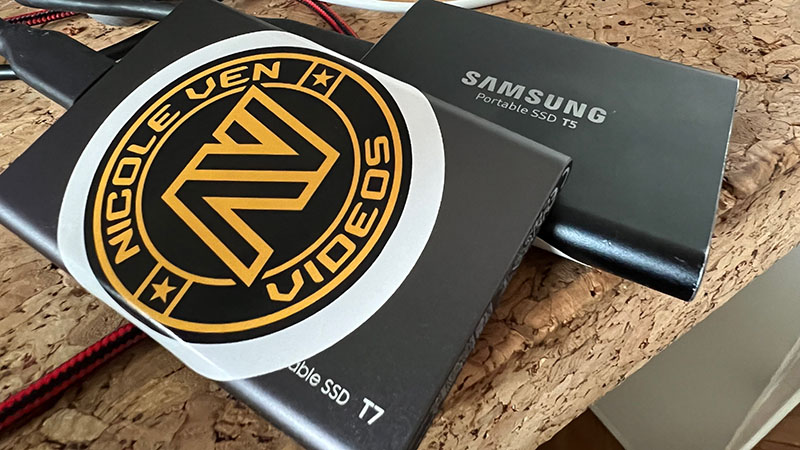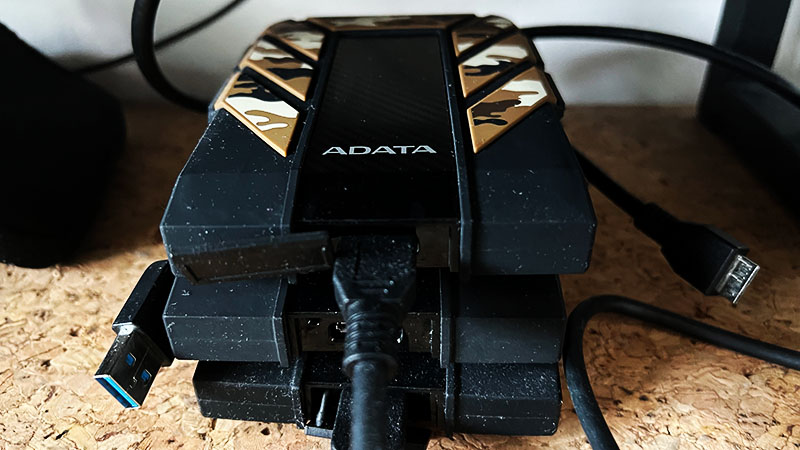When it comes to video editing, the type of storage you use can significantly impact your workflow. The two main types of storage devices are Solid State Drives (SSD) and Hard Disk Drives (HDD). Each has its own set of advantages and disadvantages, and understanding these can help you make an informed decision.
Understanding SSD and HDD
Solid State Drives (SSD)
SSDs use flash memory to store data, which allows for faster data access and transfer speeds. This means that applications load faster, files transfer quicker, and your overall system feels snappier. I’m using Blackmagic video assist recorder and I can record my podcasts and Youtube videos directly onto my Samsung SSD.

Hard Disk Drives (HDD)
HDDs, on the other hand, use a mechanical arm with a read/write head to move around and read information from the right location on a storage platter. This older technology is slower than an SSD.

SSD and Video Editing
When it comes to video editing, speed is of the essence. Video files are often large, and working with high-resolution footage requires a lot of data to be read and written to the drive. SSDs excel in this area due to their fast data transfer speeds. This means less time waiting for files to load and more time editing.
Additionally, SSDs are more reliable than HDDs. They have no moving parts, making them less likely to fail due to physical damage. This can be crucial if you’re working on a big project that can’t afford any downtime.
HDD and Video Editing
While HDDs are slower than SSDs, they do have one major advantage: storage capacity. HDDs are much cheaper per gigabyte than SSDs, which means you can store more video footage for less money. If you’re working with a lot of raw footage, or if you need to archive your work, an HDD might be a more cost-effective choice.
Best Brands to Consider
When it comes to SSDs, some of the best brands to consider are Samsung, Crucial, and SanDisk. They offer high-quality SSDs that are known for their reliability and performance.
For HDDs, Western Digital, Adata and Seagate are two of the most reputable brands. They offer a wide range of HDDs with varying storage capacities to suit your needs.
Conclusion
In conclusion, the choice between an SSD and an HDD for video editing depends on your specific needs. If speed and reliability are your top priorities, an SSD is the way to go. However, if you need a lot of storage space at a lower cost, an HDD might be a better choice. By understanding the pros and cons of each, you can choose the storage solution that best fits your video editing needs.


Comments are closed